1. Let’s dive into the world of French cuisine!
Do you want to impress your friends and family with your newfound culinary skills? Look no further than French cuisine! French food is known for its delicious flavours and elegant presentation, but it doesn’t have to be complicated to make. Even if you’re a beginner in the kitchen, you can still create mouthwatering French dishes that will rival those from your favorite bistro. So put on your chef’s hat, grab a baguette, and get ready to say “bon appétit!”
2. Why French recipes are perfect for beginners
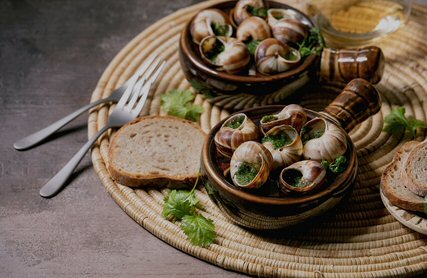
Not all French recipes involve snails (or frogs’ legs)! In fact, French recipes are unusually varied and are perfect for beginners for several reasons:
1. Simple Ingredients: French cuisine relies on simple, high-quality ingredients. Most French recipes use basic pantry staples like butter, garlic, onions, and herbs. These ingredients are readily available and easy to work with, making it convenient for beginners to create delicious meals without the need for complex or hard-to-find ingredients.
2. Basic Techniques: French cooking emphasizes foundational cooking techniques such as sautéing, braising, and roasting. These techniques are easy to learn and can be applied to a wide range of dishes. Mastering these basic cooking techniques will give beginners a solid foundation to build upon as they explore more advanced recipes and techniques.
3. Versatility: French cuisine offers a wide variety of dishes that cater to different tastes and preferences. Whether you’re a meat lover, vegetarian, or have dietary restrictions, you’ll find French recipes that suit your needs. From classic beef bourguignon to ratatouille, there are endless options to explore and experiment with.
4. Emphasis on Presentation: French cooking places great importance on the presentation of dishes. While this may seem intimidating to beginners, it actually encourages attention to detail and careful preparation. Paying attention to presentation not only makes your dishes look beautiful, but it also enhances the overall dining experience.
5. Cultural Significance: French cuisine is renowned worldwide and is ingrained in culinary history and culture. By learning French recipes, beginners can gain a deeper appreciation for the traditions and techniques that have shaped the culinary world. Exploring French cuisine allows beginners to connect with a rich culinary heritage, making the cooking experience even more enjoyable and meaningful.
So whether you’re looking to impress your loved ones or simply broaden your culinary skills, French recipes offer the perfect combination of simplicity, versatility, and cultural significance for beginners to dive into the world of French cuisine.

On our website, just click the ‘French Recipes’ icon to find a load of mouth-watering recipes you can try. These are just the beginning of your French cooking journey. As you gain confidence in the kitchen, don’t be afraid to explore more complex French dishes and experiment with different ingredients and techniques. The essence of French cuisine lies not only in the taste but also in the experience of enjoying food and savoring every moment. So gather your loved ones, set the table with a touch of elegance, and let the flavours of France transport you to a world of gastronomic delight. Bon appétit!
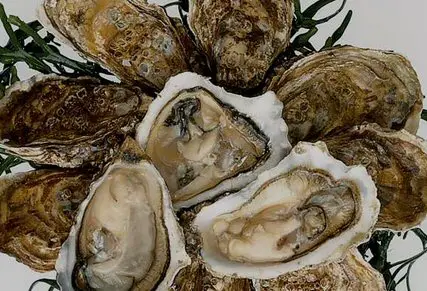

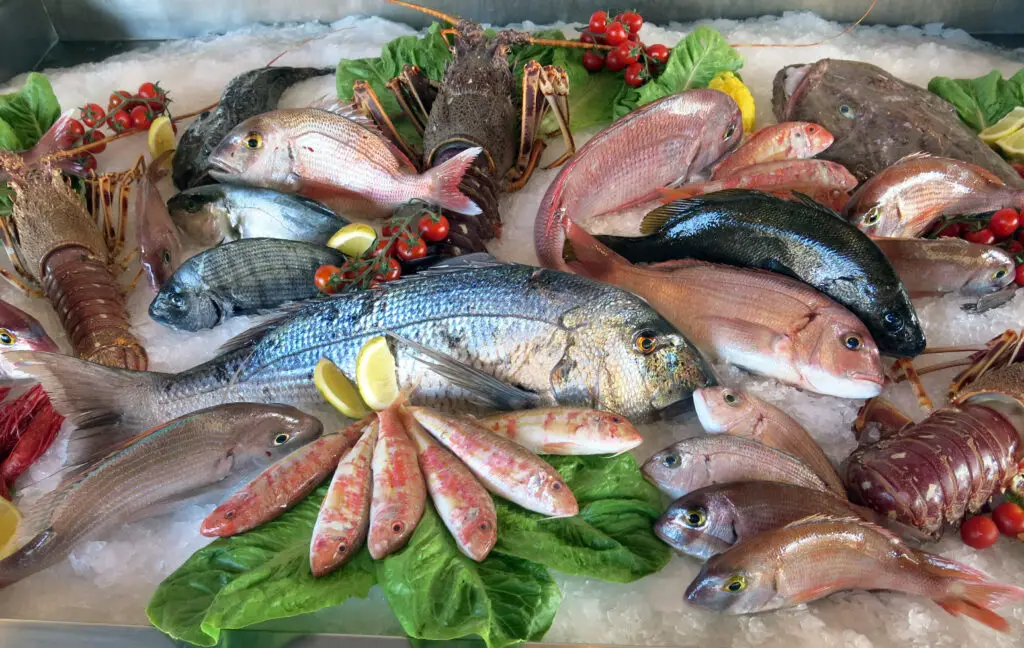
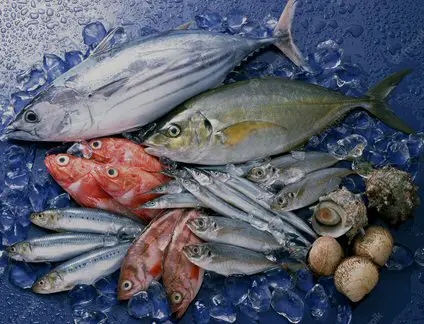

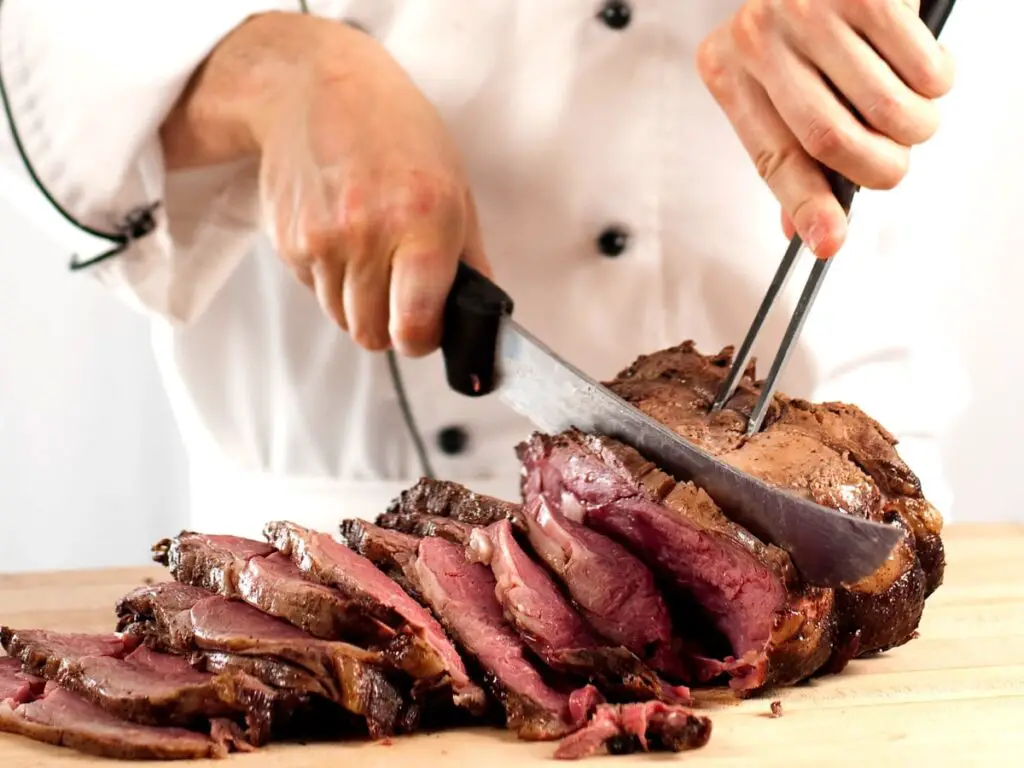




 Two of our good friends from the Isle of Man came to visit us a few days go. This is not Penny or Steve’s first trip to Paris by a long way, so Marie-Danielle and I scratched our heads as to what we could find that would amuse them. Then it came to us… Steve and Penny both like boats and have enjoyed several barge holidays on British canals so what better than to discover a different aspect of Paris in an unusual way, idling down the Canal St Martin through a series of nine locks, two swing bridges, and a 2 mile long tunnel that passes under the Bastille. Problem solved. For 2½ hours, we lazed our way through an almost unknown Paris without a care in the world.
Two of our good friends from the Isle of Man came to visit us a few days go. This is not Penny or Steve’s first trip to Paris by a long way, so Marie-Danielle and I scratched our heads as to what we could find that would amuse them. Then it came to us… Steve and Penny both like boats and have enjoyed several barge holidays on British canals so what better than to discover a different aspect of Paris in an unusual way, idling down the Canal St Martin through a series of nine locks, two swing bridges, and a 2 mile long tunnel that passes under the Bastille. Problem solved. For 2½ hours, we lazed our way through an almost unknown Paris without a care in the world. We’ve wined and dined with Steve and Penny on many occasions, so wanted to come up with something a little different. On their arrival on the Sunday, we did a simple Parmentier de Canard (a shepherd’s pie using duck instead of lamb). In fact, this is a bit of a cheat because we use Confit de Canard which we can obtain easily here in France. All I needed to do was drain the fat from the duck, remove the skin, and pull the flesh with a fork. I peeled and chopped some shallots, browned them gently in some of the duck fat, added some chopped parsley and a little seasoning, then covered with mashed potatoes. A bit of oven time and we ate like kings and queens!
We’ve wined and dined with Steve and Penny on many occasions, so wanted to come up with something a little different. On their arrival on the Sunday, we did a simple Parmentier de Canard (a shepherd’s pie using duck instead of lamb). In fact, this is a bit of a cheat because we use Confit de Canard which we can obtain easily here in France. All I needed to do was drain the fat from the duck, remove the skin, and pull the flesh with a fork. I peeled and chopped some shallots, browned them gently in some of the duck fat, added some chopped parsley and a little seasoning, then covered with mashed potatoes. A bit of oven time and we ate like kings and queens! Steve is a big fan of red wine (so are we!) and duck demands a decent full-bodied red. A few weeks ago, we celebrated some family birthdays and discovered half-a-dozen bottles of dusty but interesting-looking 2002 Chateau Martet. The wine was truly wonderful and, since there remained a few more bottles, we grabbed hold of some to go with the Parmentier de Canard. An excellent choice. A marriage made in heaven even!
Steve is a big fan of red wine (so are we!) and duck demands a decent full-bodied red. A few weeks ago, we celebrated some family birthdays and discovered half-a-dozen bottles of dusty but interesting-looking 2002 Chateau Martet. The wine was truly wonderful and, since there remained a few more bottles, we grabbed hold of some to go with the Parmentier de Canard. An excellent choice. A marriage made in heaven even! On the Monday, when we had our day out on the Canal St. Martin, we ate in a little restaurant in the Latin Quarter of Paris. Tuesday, we dined at home and I prepared
On the Monday, when we had our day out on the Canal St. Martin, we ate in a little restaurant in the Latin Quarter of Paris. Tuesday, we dined at home and I prepared 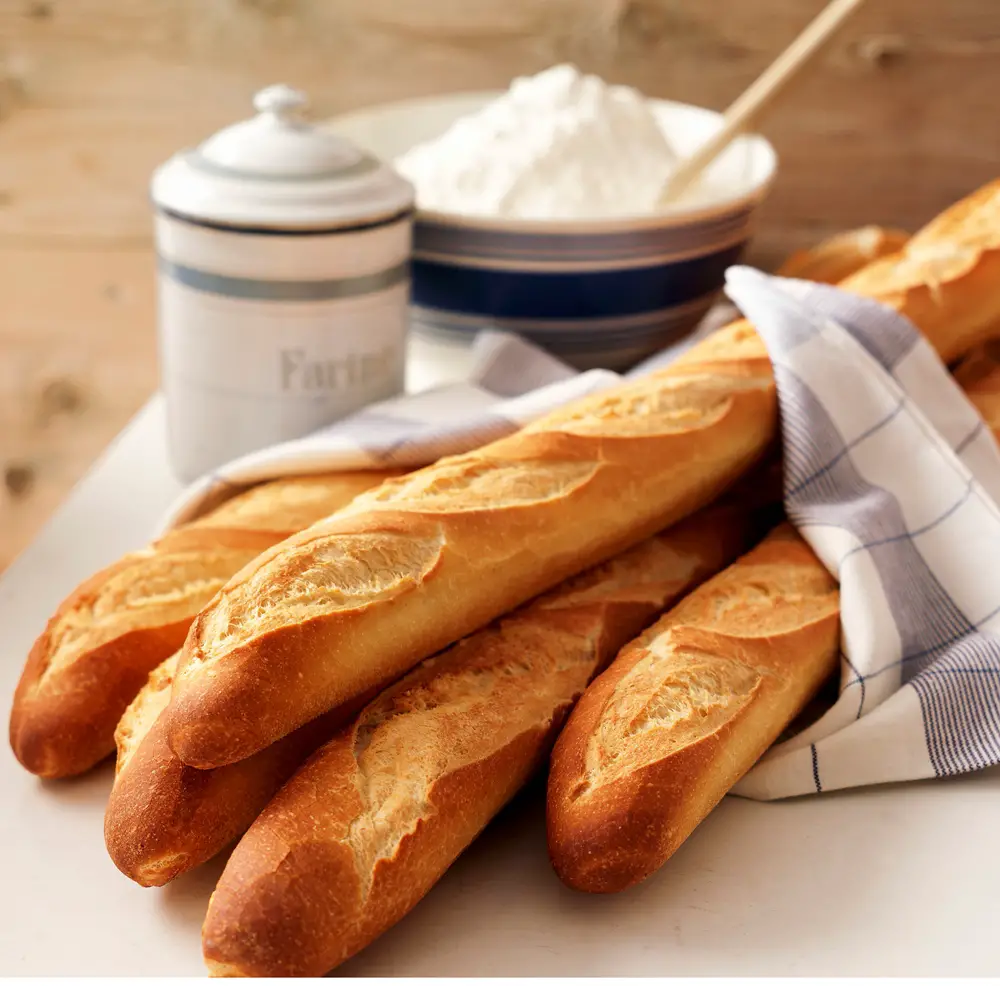 Today wasn’t the first time I’ve done it… bought a fresh baguette, still warm from the local boulangerie, cut a bit off ‘just to try it’, smeared it well with butter and, half-an-hour later, looked at the pile of crumbs on the worktop where the baguette used to be. There’s something about genuine French baguettes that brings out the food devil in me.
Today wasn’t the first time I’ve done it… bought a fresh baguette, still warm from the local boulangerie, cut a bit off ‘just to try it’, smeared it well with butter and, half-an-hour later, looked at the pile of crumbs on the worktop where the baguette used to be. There’s something about genuine French baguettes that brings out the food devil in me.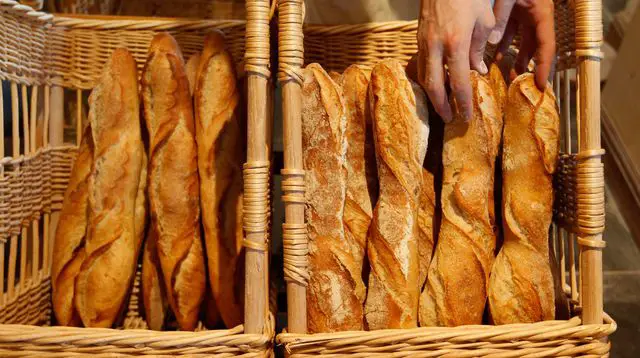 In 1900, the average French person ate more than three baguettes every day. By 1970, that number had fallen to just one baguette per day. And these days, people eat just half a baguette on a daily basis. Now, half a loaf of bread every day might still seem like a lot of white bread to consume. But for the French of the early 20th century, that would be heresy!
In 1900, the average French person ate more than three baguettes every day. By 1970, that number had fallen to just one baguette per day. And these days, people eat just half a baguette on a daily basis. Now, half a loaf of bread every day might still seem like a lot of white bread to consume. But for the French of the early 20th century, that would be heresy!